Chapters Overview
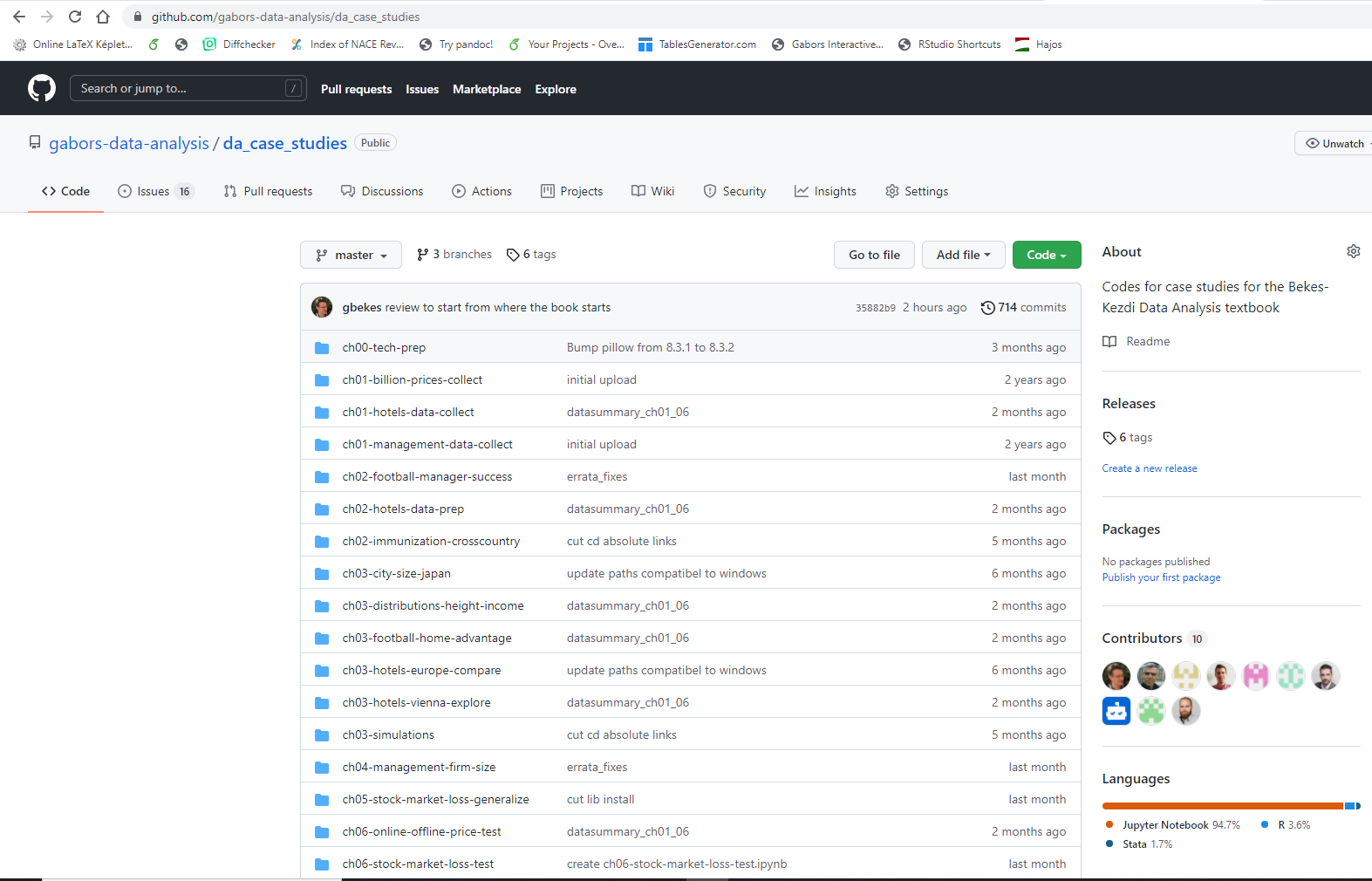
Chapter 01: Origins of Data
Chapter summary: This chapter is about data collection and data quality.
This chapter starts by introducing key concepts of data. It then describes the most important methods of data collection used in business, economics, and policy analysis, such as web scraping, using administrative sources, and conducting surveys. We introduce aspects of data quality, such as validity and reliability of variables and coverage of observations. We discuss how to assess and link data quality to how the data was collected. We devote a section to Big Data to understand what it is and how it may differ from more traditional data. This chapter also covers sampling, including random sampling and potential biases due to noncoverage and nonresponse, as well as ethical issues and some good practices in data collection.
Case Studies:
Finding a good deal among hotels
Comparing online and offline prices
Slides:
Chapter 01 Slideshow
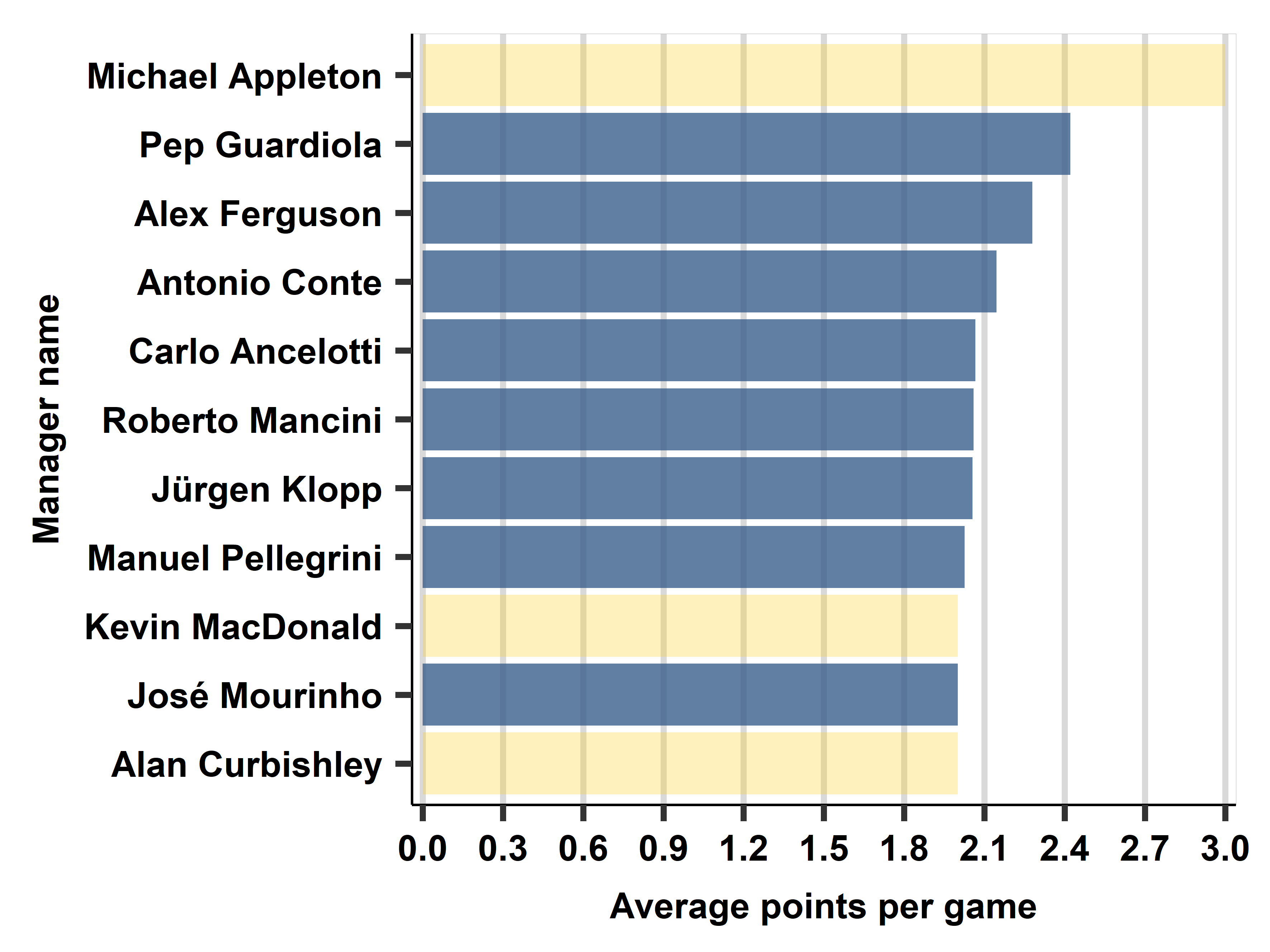
Chapter 02: Preparing Data for Analysis
Chapter summary: This chapter is about preparing data for analysis: how to start working with data.
First, we clarify some concepts: types of variables, types of observations, data tables, and datasets. We then turn to the concept of tidy data: data tables with the same kinds of observations. We discuss potential issues with observations and variables, and how to deal with those issues. We describe good practices for the process of data cleaning and discuss the additional challenges of working with Big Data.
Case Studies:
CH02A Finding a good deal among hotels: data preparation
CH02B Finding a good deal among hotels: data preparation
Slides:
Chapter 02 Slideshow
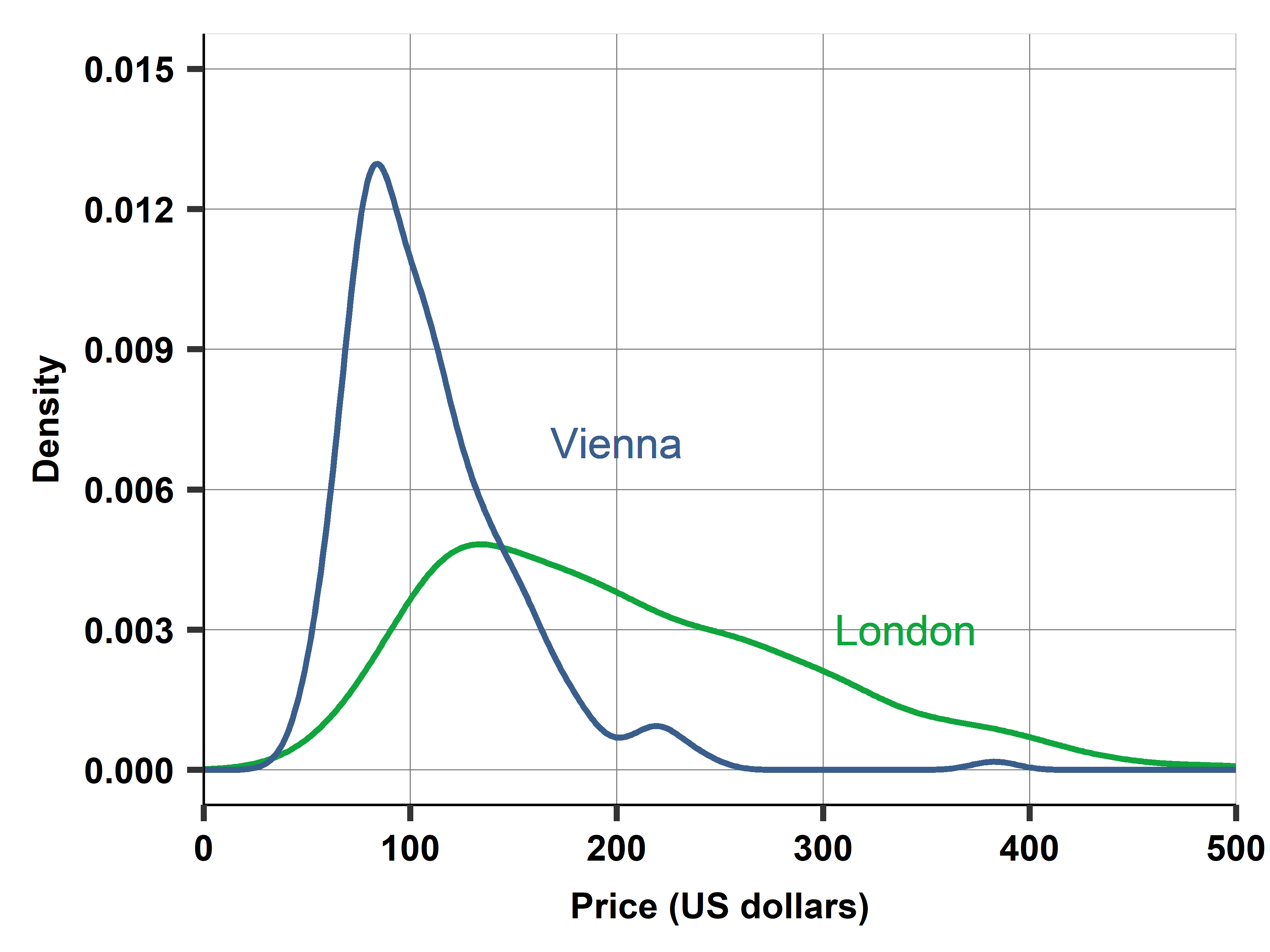
Chapter 03: Exploratory Data Analysis
Chapter summary: This chapter is about exploratory data analysis.
The chapter starts with exploratory data analysis is important. It then discusses some basic concepts such as frequencies, probabilities, distributions, and extreme values. It includes guidelines for producing informative graphs and tables for presentation and describes the most important summary statistics. The chapter and its appendix also cover some of the most important theoretical distributions and their uses.
Case Studies:
Ch03A: Finding a good deal among hotels: data exploration
Ch03B: Comparing hotel prices in Europe: Vienna vs London
Ch03C: Measuring home team advantage in football
Ch03D: Distributions of body height and income
Ch03U1: Size distribution of Japanese cities
Slides:
Chapter 03 Slideshow
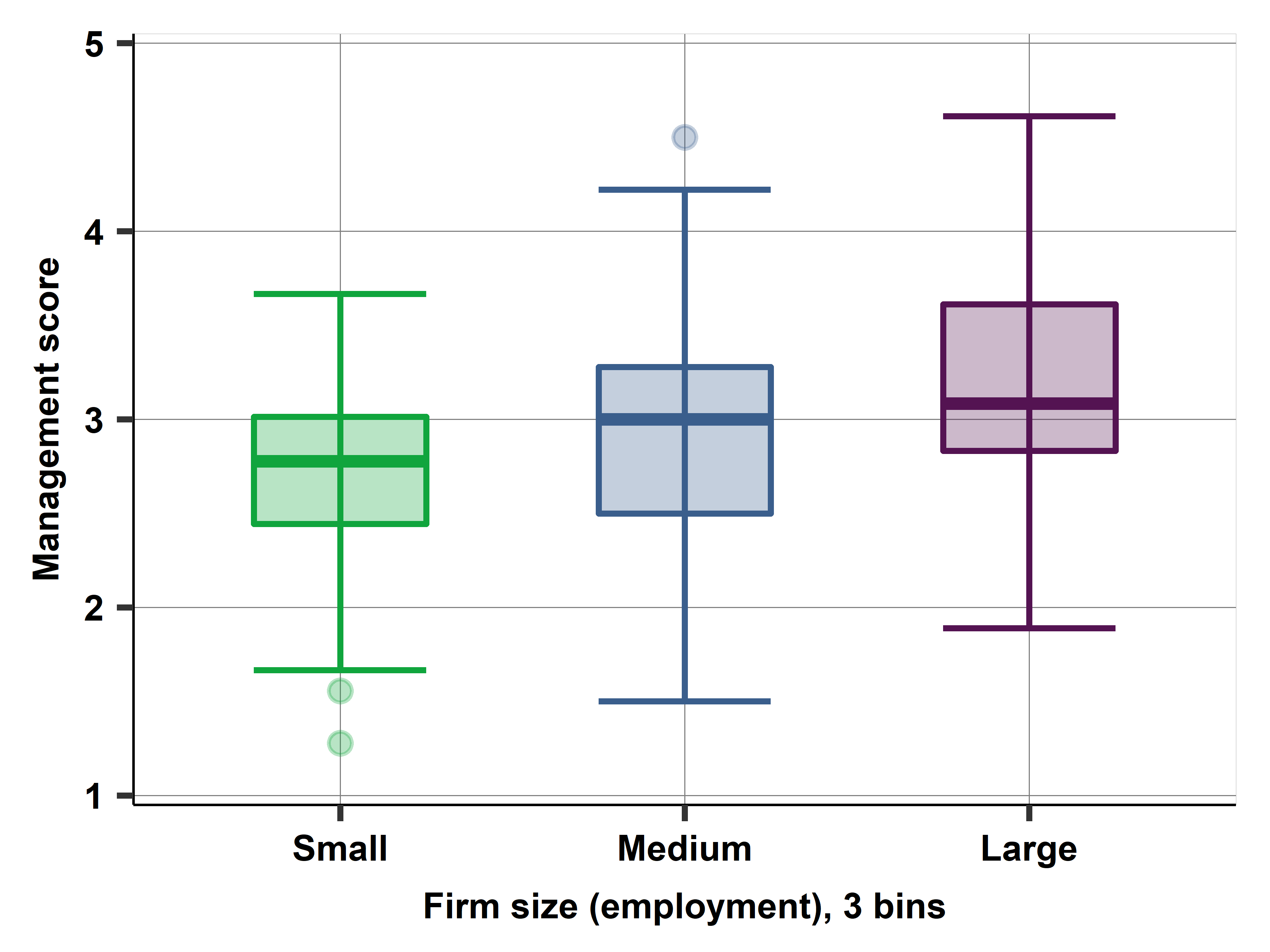
Chapter 04: Comparison and Correlation
Chapter summary: This chapter is about comparison, correlation, and conditioning.
Most methods of data analysis are based on comparing values of one variable, y, across observations with different values of another variable, x, or more such variables. This chapter instroduces simple methods of such comparison. We start by emphasizing that we need to define both y and x precisely for meaningful comparisons, and we need to measure them well. We introduce conditioning, and we discuss conditional comparisons, or further conditioning, which takes values of other variables into account as well. We discuss conditional probabilities, conditional distributions, and conditional means. We introduce the related concepts of dependence, mean-dependence, and we introduce covariance and correlation. Throughout the chapter, we discuss informative visualization of the various kinds of comparisons.
Case Studies:
Ch04A: Management quality and firm size: describing patterns of association
Slides:
Chapter 04 Slideshow
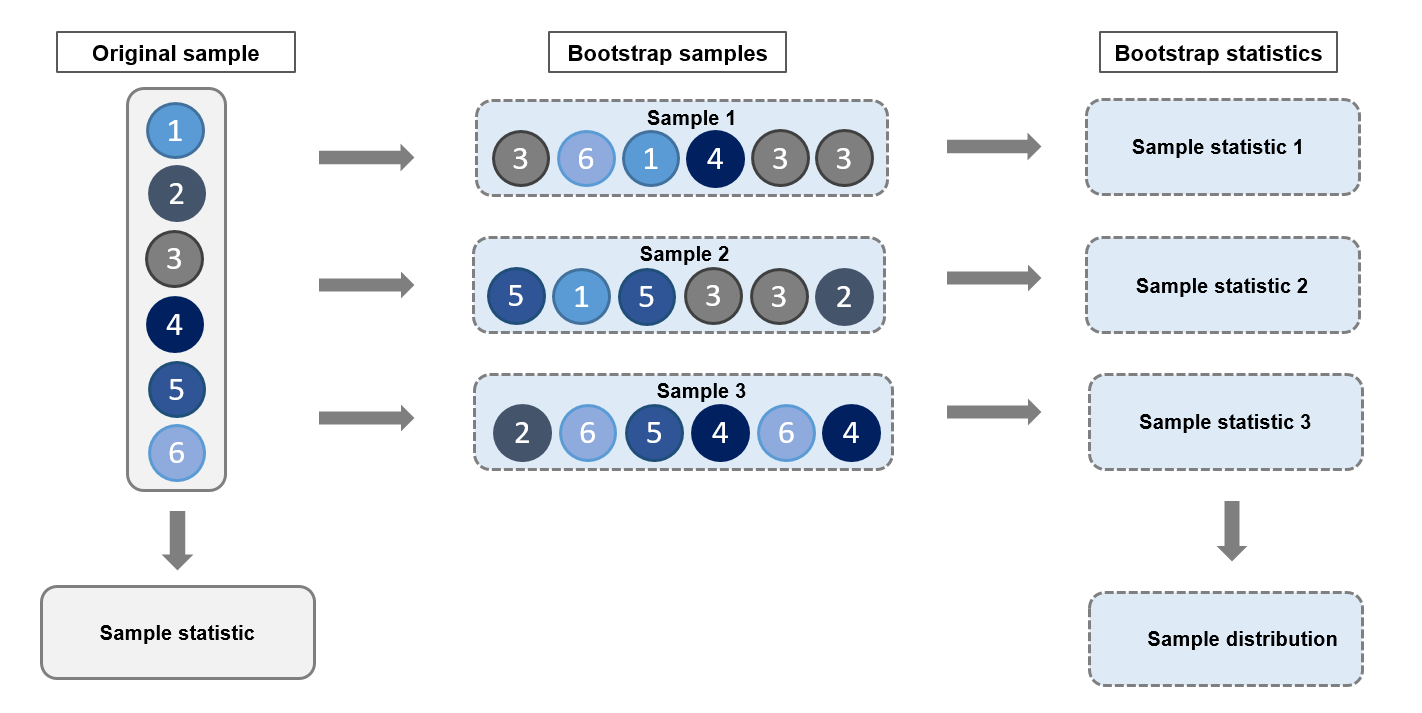
Chapter 05: Generalizing from Data
Chapter summary: This chapter is about generalizing from data: sampling, inference, external validity.
This chapter introduces the conceptual issues with generalizing results from our data to the general pattern we care about and methods of statistical inference. We start by discussing the two steps of the process of generalization: generalizing from the data to the general pattern our data represents, such as a population, and assessing how the general pattern that is relevant for the situation we care about relates to the general pattern our data represents. The first task is statistical inference, the second is assessing external validity. We introduce the conceptual framework of repeated samples and estimation. We introduce the standard error and the confidence interval that quantify the uncertainty of this step of generalization. We introduce two methods to estimate the standard error, the bootstrap and the standard error formula. Discussing external validity, we acknowledge that there are no readily available methods to quantify the uncertainty of this step of generalization, but we discuss how we can think about it and how we may use the results of additional data analysis to assess it.
Case Studies:
Ch05A: What likelihood of loss to expect on a stock portfolio?
Slides:
Chapter 05 Slideshow
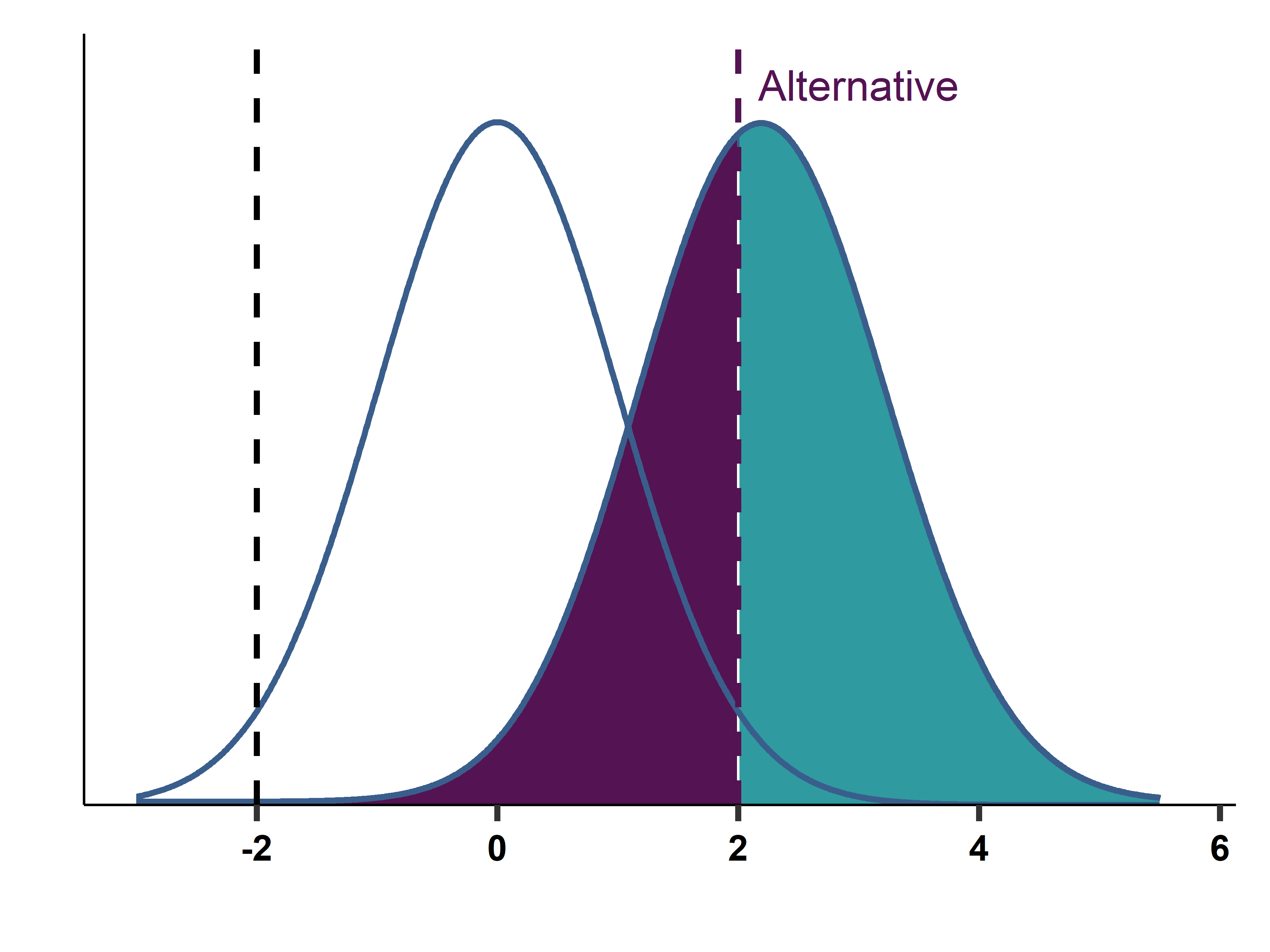
Chapter 06: Testing Hypotheses
Chapter summary: This chapter is about testing hypotheses.
This chapter introduces the logic and practice of testing hypotheses. We describe the steps of hypothesis testing and discuss two alternative ways to carry it out: one with the help of a test statistic and a critical value, and another one with the help of a p-value. We discuss how decision rules are derived from our desire to control the likelihood of making erroneous decisions (false positives and false negatives), and how significance levels, power, and p-values are related to the likelihood of those errors. We focus on testing hypotheses about averages, but, as we show in one of our case studies, this focus is less restrictive than it may appear. The chapter covers one-sided versus two-sided alternatives, issues with testing multiple hypotheses, the perils of p-hacking, and some issues with testing on Big Data.
Case Studies:
Ch06A: Comparing online and offline prices: testing the difference
Ch06B: Testing the likelihood of loss on a stock portfolio
Slides:
Chapter 06 Slideshow